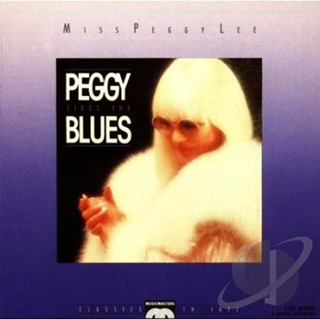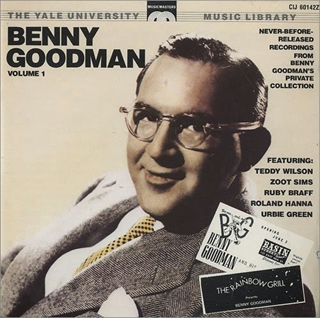Memory Lane: A 24-year-old “girl” in a World of Jazz Legends
Our school’s principal posts a trivia question in her newsletter to staff every Sunday. Normally, I glance at the question and then move on because I never know the answer. The most recent question, however, caught my eye.
What jazz musician was known for playing a bent trumpet?
A familiar, cherubic face popped into my brain, even though I hadn’t seen him in decades. Jazz legend Dizzy Gillespie was known for playing a bent trumpet. He’d been playing it that way since 1953, after another performer fell on it, bending it out of shape. In his autobiography, To Be or Not to Bop, Dizzy said he tried playing the misshapen trumpet and liked the sound that came out of it, so he kept it.
I had the honor and great pleasure of working with Dizzy, along with a handful of other jazz icons, in the 1980s, when I worked as publicity manager for MusicMasters Records, a small. jazz and classical label based in New Jersey.
MusicMasters was run by a man named Jeffrey Nissim. His family owned Musical Heritage Society (a mail-order classical and jazz company). Jeffrey was pretty hip and really enjoyed helping revive and nurture careers, from up-and-coming singers like Dawn Upshaw, to living legends like Dizzy.
As Publicity Manager for MusicMasters, I got paid for rubbing elbows with Dizzy and cohorts, including Peggy Lee, Benny Carter, Ruby Braff, Louie Bellson, and others. I led publicity campaigns for their albums, alongside their respective personal publicists. I also had the great fortune of attending the 1988 Grammy Awards (Louie won a Grammy for Best Jazz Recording that year). I sat in between Dr. Ruth & members of Earth, Wind & Fire, and walked the red carpet from Radio City Music Hall to the afterparty at the Hilton alongside a young Irish band called U2, before enjoying an amazing performance by percussion legend Tito Puente.
The biggest surprise, though, came when MusicMasters obtained the rights to previously unreleased recordings by Benny Goodman, uncovered in the Yale University Library. Not only did I travel to Yale with Jeffrey and others, he included my name in the full-page Billboard Magazine ad promoting the deal. I may still have that ad somewhere among my things.
Daily chats with Miss Peggy Lee as she recorded “Peggy Sings the Blues,” are also tremendous highlights, along with being able to work with Jazz PR legend Phoebe Jacobs. What a trailblazer. I read she passed away in 2012 at the tender age of 93. She was incredible and never had a problem with working with a 24-year-old “little girl” <- Dizzy Gillespie’s nickname for me.
Here are just a few of the albums I had the honor of helping promote:
Peggy Lee – Peggy Sings the Blues – I love this photo of her. We brainstormed a number of cover ideas for this album. I think this turned out classy and dreamy at the same time. Phoebe taught me how to “speak Peggy.” For example: I called her at the studio to see how her recording session was going, when she sighed and said, “Those mean clouds are hiding the sun today, Susie.” I learned that the best reply to this comment was to send an arrangement of sunny yellow flowers to the studio, along with a kind note. She’d call and feign surprise and gratitude for “such a thoughtful and sweet gesture.” There was also “Peggy speak” to arrange a delivery of her favorite tea and sweets. This may sound or seem demanding, but it really wasn’t. Miss Peggy was very sweet, always gracious, and that Voice. She had it to the end.
Benny Goodman – The Yale Archives – All I have to say about this CD is wow. Wow, wow, wow. What a find by Yale University, and what a coup for MusicMasters Records.
Dick Hyman & Ruby Braff – Manhattan Jazz – This is one of my favorite albums of all time. Two friends who know each other so well, their music weaves together naturally. This is just Dick and Ruby, doing their thing. Perfect music for a cocktail hour or a contemplative evening at home.
Benny Carter & Dizzy Gillespie – In the Mood for Swing – I love the cover photo of Benny Carter and Dizzy Gillespie for “In the Mood for Swing.” If you look at their faces, you can catch a glimpse of what each man was like as a child. Dizzy still had that mischevious grin and twinkle in his eyes. Benny emanated an air of the “good boy” who got in trouble nonetheless, because of his buddy. That’s exactly how they were whenever I saw them together. Dizzy’s sense of humor preceded him like a force field. You had to pay attention to Benny, or his quiet humor would float over your head, sending Dizzy off into peals of laughter as you try to figure out what just happened.
I can’t believe they’re all gone now. Well, gone in body. Their spirits and souls, however, live on through their musical legacies, as well as memories. So many wonderful memories.





Recent Comments